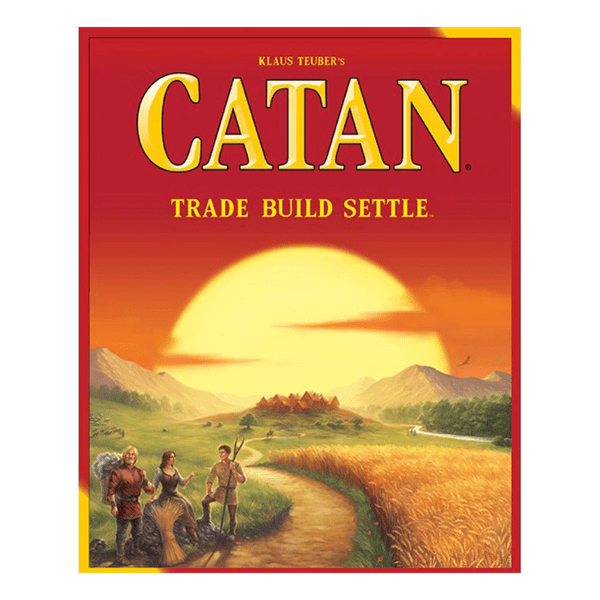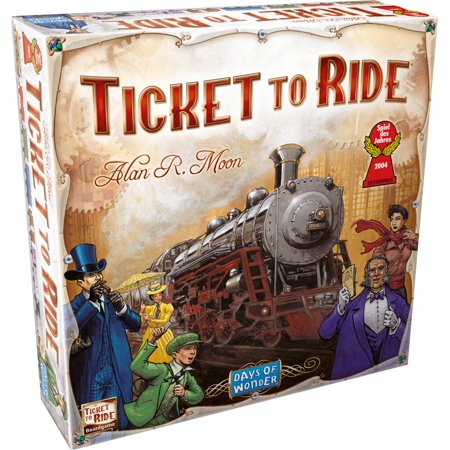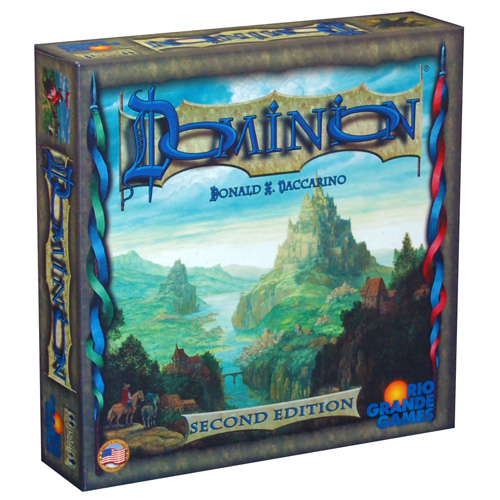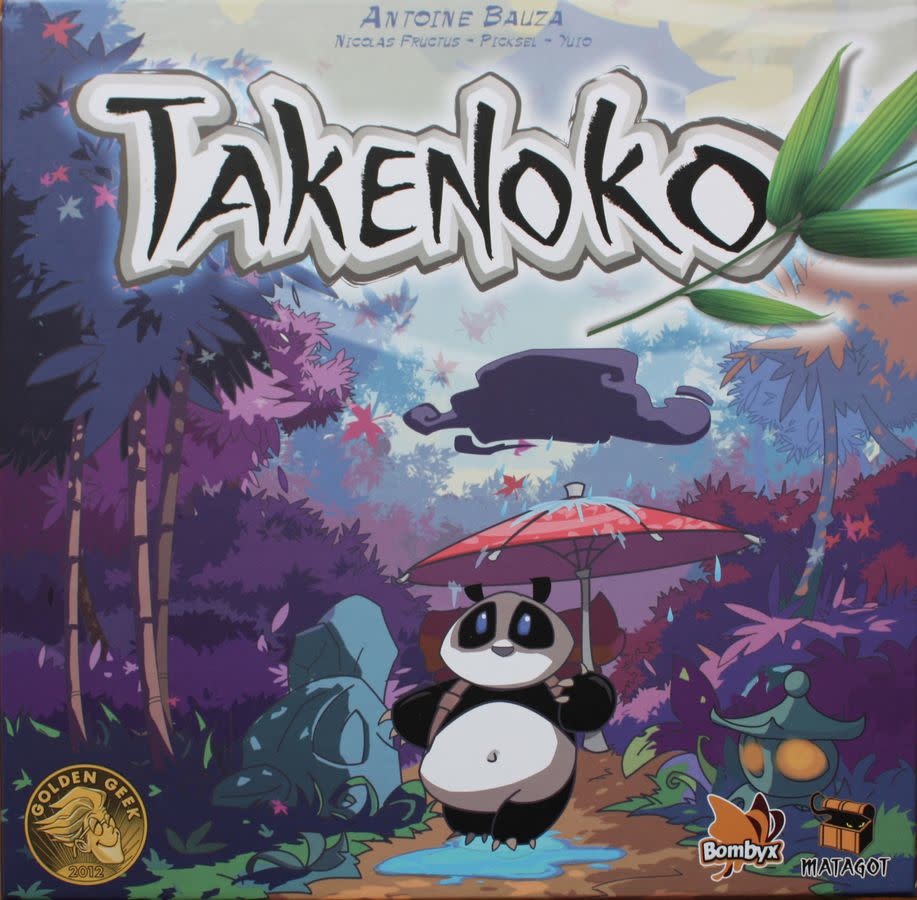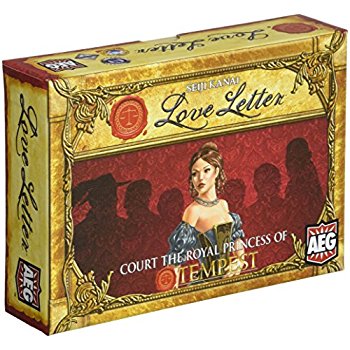New to euro-style board games? Here's where to start in 2022.
- Last updated
- Posted in CASUAL GAMES, FAMILY NIGHT
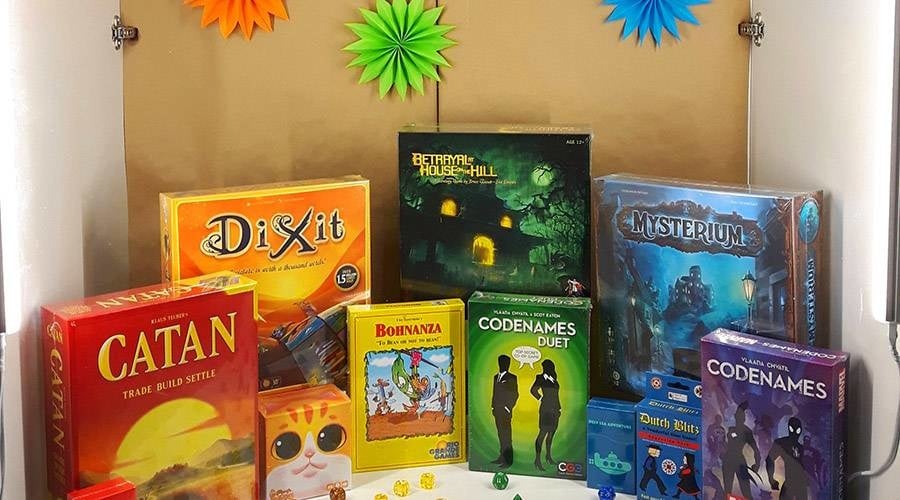
Are Monopoly and The Game of Life just not cutting it anymore? Ready to try something new? These board games are ready and waiting to be your new favourites.
Classic American-style games like Monopoly and Life have a large element of chance - your success relies largely on a lucky roll of the dice or spin of the wheel.
European-style board games, on the other hand, tend to involve less chance and more strategy - you’ll need to manage resources and make good decisions to beat your opponents. In fact, many euro games don’t involve any dice at all!
So put your cunning to the test, and let these 10 introduce you and your friends and family to the world of euro-style board games!
Modern classic euro games
Catan
First published in 1995, Catan (formerly Settlers of Catan) has led the charge in bringing about the “board game renaissance” of the last two decades. The game involves large amounts of strategy, but it’s still fairly simple to learn.
In Catan, each player claims territory and earns resources by rolling dice. By managing and trading those resources well, players edge out the competition and claim Catan for themselves. But don’t get greedy - a robber lays in wait for resource hoarders!
The base game accommodates 2-4 players, and expansions can bring that up to 5 or 6. It’s a great choice for those who aren’t totally ready to leave dice behind.
Carcassonne
Carcassonne is the other game to have helped bring about the last two decades' board game renaissance. Winner of the top prize Spiel des Jahres in 2001 (kind of like the Oscars for board games), it is a simple tile-laying game that takes 5 minutes to learn but years to master.
Carcassonne begins with a single square tile on the table. On their turn, each player adds a new tile, expanding the landscape. Every tile has a different arrangement of castles, farms, roads, and other resources, so players must make sure their pieces fit properly. By placing little wooden meeples (miniature people), players claim territory - and points. The player with the most points at the end of the game wins!
Carcassonne is designed for 2-5 players. Expansions add different levels of gameplay and new ways to earn points. The regular game is great for ages 8 and up. (For younger imperialists, try My First Carcassonne!)
Pandemic
Pandemic is a cooperative game, which means that all players are on the same team; your goal is to beat the game together. But don’t be fooled - Pandemic is a real challenge!
Playing the part of public health professionals, players work together to find cures for four world-ending diseases. Communication, planning, and resource management become crucial skills in a race against time.
Pandemic is great for 2-4 players (4 is ideal), and is suitable for ages 8 and up.
Ticket to Ride
Winner of the 2004 Spiel Des Jahres, Ticket to Ride has sold over 3 million copies worldwide. Players are railroad magnates, claiming the most valuable railways for themselves by building connections between cities.
While the original Ticket to Ride was set in the United States (with minor appearances by five Canadian cities) the game is now offered in a wide array of maps, including Europe, Scandinavia, India, Germany, Switzerland, Asia, the Great Lakes, and even the whole world!
Ticket to Ride is fantastic for 2-5 players, ages 8 and up.
Dominion
Winner of the 2009 Spiel Des Jahres, Dominion is considered the granddaddy of deck-building games. A deck-builder is a card game where all players start with an identical deck of cards. Over time, each player adds, evolves, and refines their deck to make it more efficient than their opponents’. In the case of Dominion, that means earning more victory points than anyone else!
Dominion (and its sea of expansions) is best for 2-4 players, ages 10 and up.
Dixit
Dixit is a fantastical, illustration-driven game in which every one of the 84 cards is a totally unique work of art.
Dixit is a thoroughly family-friendly game in which players take turns being “it”. If you’re it, you announce a theme of your choosing. Everyone (including you) must look at their hand of cards and pick the one that best fits your theme. The submissions are then laid out and it's up to the group to figure out which one was yours, with points awarded for successfully fooling people.
Dixit can be played with ages 6 and up, and in any language. It’s designed for groups of 4-6 players - the more, the merrier!
7 Wonders
7 Wonders is framed around the Seven Wonders of the Ancient World. You're an ancient ruler tasked with developing the different elements of your civilization - resources, economics, culture, science, military - to gain advantages over your neighbours and make your civilization rise above the rest.
One of the great things about 7 Wonders is that there are multiple perfectly valid paths to victory - you could create a science-centric utopia one game, then smash your opponents to bits with military might in the next. That keeps the game fresh, but it also rewards more decisive players who pick a strategy and have the persistence (and a little luck) to follow through.
7 Wonders has a little bit of a learning curve as you learn what the various symbols mean, but after that it's a quick-playing game that's best for 3-7 players.
Modern classics-in-waiting
It's only a matter of time before these games enter the hallowed halls of the Modern Classic Euro Games... building? Something like that.
Basically these are games that are every bit as good as the titles above, but may not have gotten as wide a release. Relatively new titles may also find themselves here, just waiting to prove they have what it takes to join the pantheon above (because, you know, they totally do).
Splendor
Splendor is a simply satisfying game of upward mobility in the gem mining world.
The goal of the game is to be the first to earn a certain number of victory points. To get there, you'll need to continually develop your assets from handfuls of individual gems to more and more valuable mines - and perhaps even earning valuable visits from a couple of nobles along the way.
Splendor is a competitive game, but we've found that the degree of competitiveness really scales to the player group - if you want a relaxed game of trading and improvement, you can have that. Or if you prefer a cutthroat experience because you're one of those gamers then yeah, that's in here too.
Splendor is a family-friendly game for 2-4 players, ages 10 and up.
Takenoko
Cultivate land, irrigate it, and grow bamboo to impress the Emperor - while keeping those tasty, tender shoots away from his ravenous pet panda!
The player who manages their land plots best, growing the most bamboo while feeding the delicate appetite of the panda, will win the game!
Takenoko is a great alternative to Catan - if you like producing resources to earn points and avoiding robbers-slash-pandas, this game may very well be the next stop for you!
Takenoko is a family-friendly game for 2-4 players, ages 8 and up.
Love Letter
Love Letter is a very quick, compact card game in which players play the roles of suitors of the lovely princess of Tempest.
Unable to reach the princess directly, you and your fellow suitors must instead send letters to convince her of your eligibility - while knocking other suitors’ letters out of contention.
Love Letter is great for 2-4 players, ages 8 and up.
Hanabi
A Rain City Games favourite, Hanabi is a deceptively simple cooperative game. Players work together to place five colours of numbered cards in order, 1 through 5. What could be simpler?
Here’s the catch: you can’t see your own cards. Instead, each player can see everyone else’s cards. By giving the right clues at the right times, your group can guide itself to victory!
Hanabi can be played with 2-5 players. It’s best for ages 10 and up, but it can be modified for younger players.























